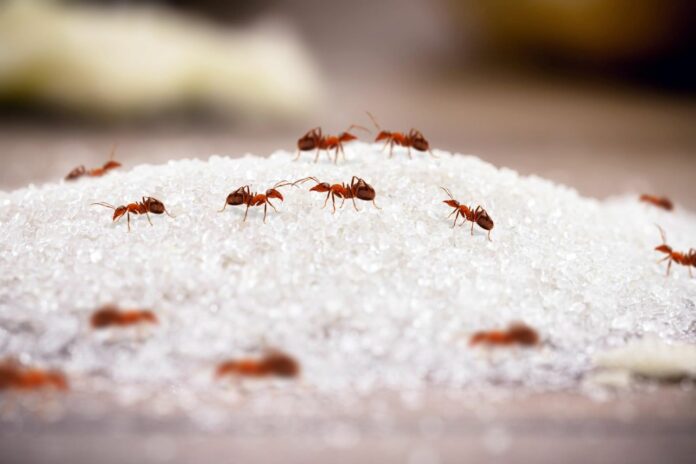Sugar is important to both animals and humans. It’s a major source of energy for almost every animal.
The sense of taste is also critical for determining which nutrients are required and producing an enjoyable sensation associated with nutrient intake.
Insects, unlike mammals, also use their taste buds to choose potential mates and determine the ideal locations for egg deposits.
However, it is still unknown how insects identify particular sugars—that is, how they distinguish between molecules that share many similarities but differ slightly.
To better understand the sensitivity of insect taste receptors, Yale researchers focused on one receptor that is so selective that it responds to only one type of sugar—D-fructose. The receptor is found in the mouths and brains of silk moths. Being a ligand-gated receptor, its activation occurs only upon the attachment of its ligand or the molecule that binds to it.
Their study uncovered one way insect receptors are so selective. This insight helps us understand how animals decipher the chemical world and how we might mimic that ability in the future.
The scientists discovered that several different sugars attach to this receptor, which surprised them even though D-fructose is the sole sugar that activates it. There had to be some other explanation. So we wanted to look at the receptor at atomic scale to see how the sugar and receptor interacted.”
“There had to be some other explanation. So we wanted to look at the receptor at the atomic scale to see how the sugar and receptor interacted.”
The scientists mapped both the receptor-free and the receptor-attached to D-fructose.
They saw that D-fructose was tucked into the binding pocket, where it caused the receptor to alter shape and become active. Next, they mapped the receptor’s structure while it was attached to a sugar that was strikingly similar to D-fructose.
Although L-sorbose seemed to attach to the receptor equally as D-fructose, it did not alter the shape of the receptor, rendering it inactive.
Butterwick said, “That told us that the area where these sugars attach, the binding pocket, isn’t the only thing determining activation.
It transpired that the two sugars differed not in their mode of attachment to the binding pocket but rather in their interactions with a molecular bridge that links the binding pocket to an alternative region of the receptor.
First, L-sorbose could not engage that bridge and start the shape transition, but D-fructose did.
Butterwick said, “What we think is interesting is that interactions are happening outside of the pocket that act as a selection mechanism.”
And evolution probably affects both. For instance, a less selective receptor than this one would bind more chemicals or have an easier time activating its bridge. There are more avenues for evolution to refine these receptors because of several factors to consider.
Butterwick says that uncovering the mechanisms that underlie how receptors recognize various substances will help researchers understand how smell and taste enable humans and animals to decipher the chemical world.
It could also inform the development of biosensors, he added.
Some dogs can smell diseases like cancer or Parkinson’s disease.
Knowing how smell and taste receptors differentiate substances would aid the development of “electronic noses” that could sniff out disease.
“People are already trying to do this. And while there have been a few successes, there have been more failures,” said Butterwick.
“Our work here may help explain why it has been challenging. It’s not just about binding the molecule of interest. How the receptor activates is also essential.”
Going forward, the researchers want to explore the pharmacological potential of these receptors.
“There have been countless cases throughout history where a solved atomic structure paved the way to major discoveries,” said João Victor Gomes, a graduate student in Butterwick’s lab and lead author of the study.
Journal Reference:
- João Victor T. Gomes, Shivinder Singh-Bhagania, Matthew Cenci, Carlos Chacon Cordon, Manjodh Singh, Joel A. Butterwick. The molecular basis of sugar detection by an insect taste receptor. Nature, 2024; DOI: 10.1038/s41586-024-07255-w
